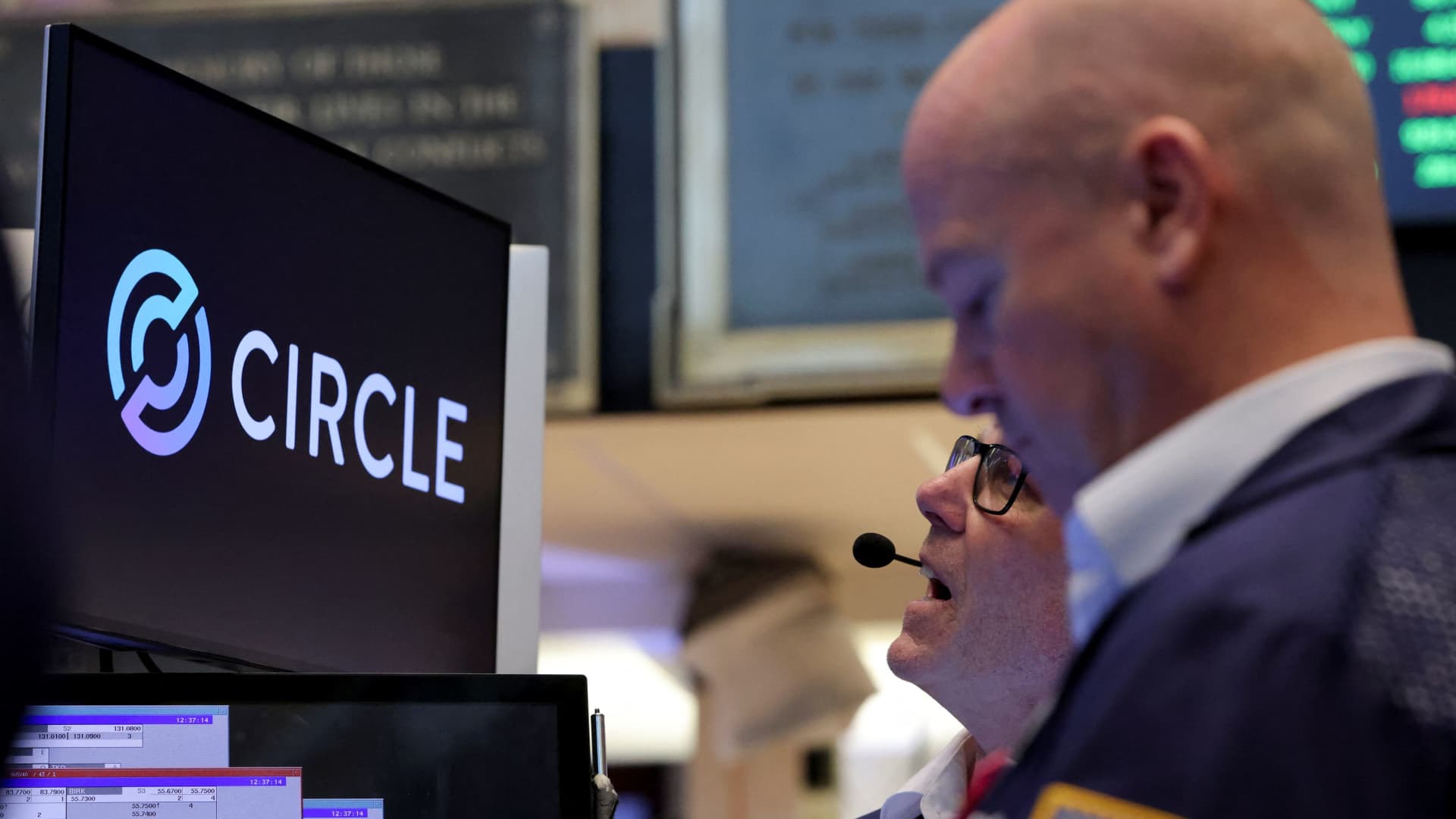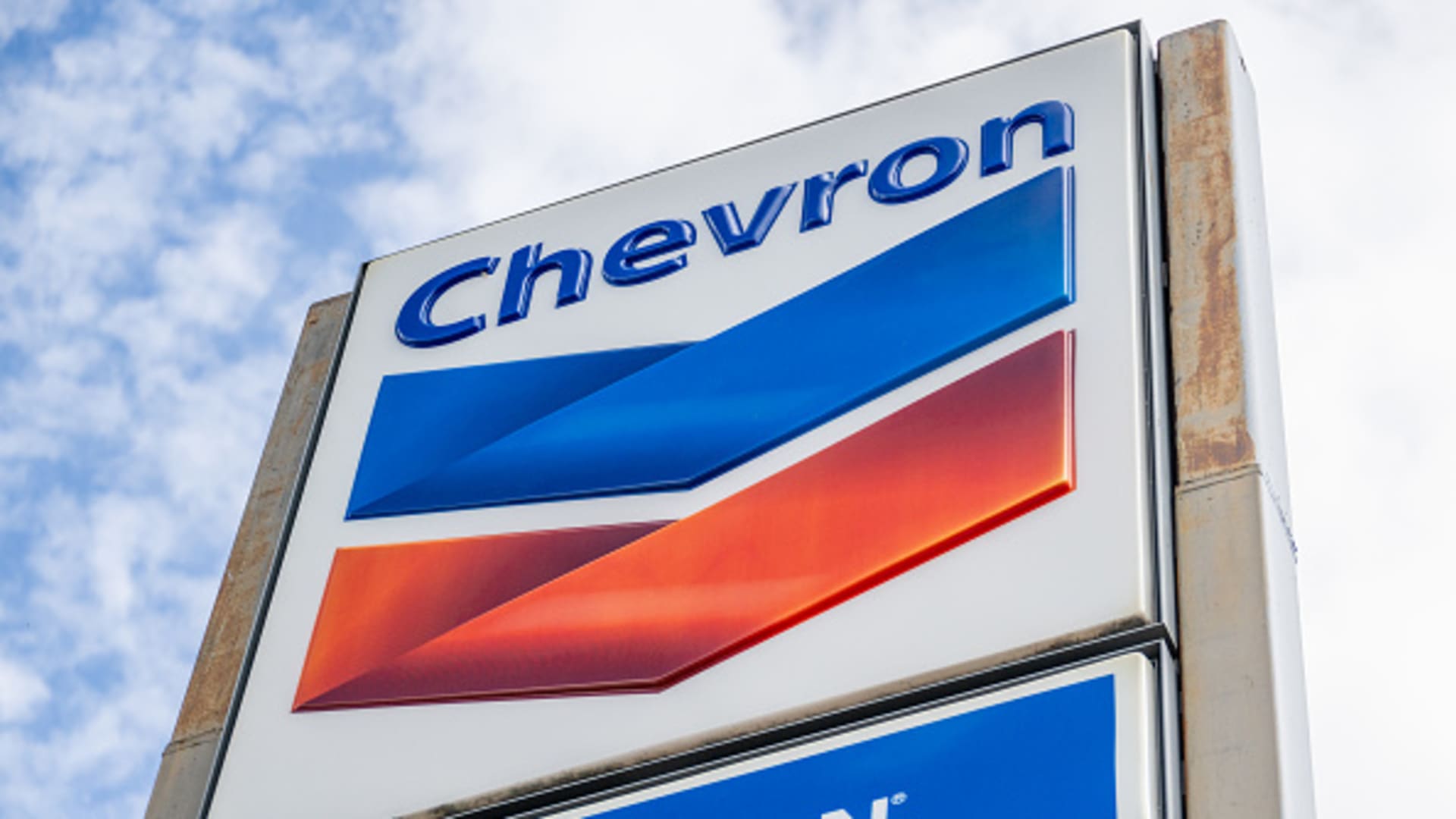Southern states like Florida, Texas and Oklahoma have the highest homeowners insurance rates in the country. (iStock)
Florida is in the middle of an unprecedented insurance crisis. The state has the highest homeowners’ insurance rates in the country, an Insurify study found.
These record-high rates are driving potential homeowners away, especially in coastal areas where rates are highest.
Realtors in the state cite the aftermath of Hurricane Ian as one of the largest factors driving rates up, a Bloomberg article reported. After Hurricane Ian, rates shot up by 42%, according to the Insurance Information Institute.
“You’ve got people that went through the storm and just want to move on, and don’t really think the affordability is here anymore because of insurance,” said Marlissa Gervasoni, Royal Palm Coast Realtor Association president.
Southwest Florida has traditionally been a hot spot for buyers. Its home prices have often outpaced the national average. Even with an increase in listings, buyers are now shying away from the area, largely due to unaffordable homeowners insurance.
Additionally, rampant insurance fraud has plagued Florida in recent years, causing insurers to raise rates to keep up with demand.
You can shop around to make sure you’re not overpaying for your homeowners insurance policy. Get free quotes from Credible in minutes and compare multiple policies at once.
2023 WAS THE HOTTEST YEAR ON RECORD, DRIVING UP UTILITY COSTS AND HOMEOWNERS INSURANCE PRICES
South and Midwest hit with highest rates
Florida isn’t alone when it comes to rising homeowners’ insurance rates. Nationally, the average cost of homeowners’ insurance went up by 12% for $300,000 in property coverage, Insurify’s report found. The average annual cost now sits at $1,770.
Certain states have felt these rising premiums more than others. While Florida tops the list, Oklahoma residents have seen their annual rates increase 24% to $4,782, on average. Mississippi follows close behind with an average yearly premium of $4,017, up 23% from the previous year. Texas has also seen an increase in claims due to dangerous weather with an average premium of $3,969, up 18% annually.
These states face a higher risk of weather-related events that require large payouts from insurers. In turn, insurance companies are becoming less profitable and raise rates.
Areas that have a low risk of natural disasters pay the lowest rates. Currently, Vermont has the cheapest homeowners insurance rates, at just $914 annually, on average, according to Insurify.
Having enough insurance is vital. Having the appropriate insurance coverage is just as important. To ensure your insurance is suitable for your circumstances, visit Credible to check out plans, providers and costs.
SOCIAL INFLATION CAUSING INSURANCE RATES TO JUMP, NO END IN SIGHT FOR RISING PREMIUMS IN 2024
Major insurers are raising rates in multiple states
Specific insurance companies are raising rates across multiple states. Allstate has implemented rate hikes in Illinois recently, as well as California, New York and New Jersey.
In Illinois, Allstate rolled out a 12.7% increase in rates, the Chicago Tribune Reported. At the end of 2023, the company raised rates in California by 30% on average, while New Jersey saw rates go up by 20% and New York residents’ rates went up by 14.6%, Insurance Business Magazine reported.
State Farm also plans to raise homeowners insurance rates, particularly in Illinois. For new policies opened in March, homebuyers will see rates rise by 12.3%, according to the Chicago Tribune. For renewals, customers won’t see rates rise until May. In terms of dollars and cents, policies will go up by about $138, on average.
If you’re considering switching insurance providers, consider using Credible, where you can get free rates quotes from a variety of companies without affecting your credit score.
1 IN 5 HOMEOWNERS THINKING OF SELLING IN THE NEAR FUTURE: ZILLOW
Have a finance-related question, but don’t know who to ask? Email The Credible Money Expert at mailto:[email protected] and your question might be answered by Credible in our Money Expert column.

 Economics1 week ago
Economics1 week ago
 Economics1 week ago
Economics1 week ago
 Economics6 days ago
Economics6 days ago
 Finance1 week ago
Finance1 week ago
 Economics1 week ago
Economics1 week ago
 Blog Post6 days ago
Blog Post6 days ago
 Personal Finance6 days ago
Personal Finance6 days ago
 Finance6 days ago
Finance6 days ago











